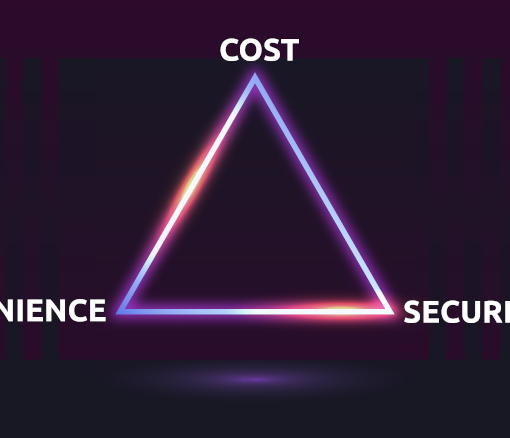A multi-layered backup solution is a great way to ensure that your data is safe and secure. It involves using multiple methods to create a layered approach that provides redundancy and protection against data loss.
Backup Layers
One example of a multi-layered backup solution is to use both local and cloud-based methods. This approach provides redundancy in case one method fails. You can also use different types of backups such as full, incremental, and differential backups to provide additional layers of protection.
On-site / Off-site
Another important aspect of a multi-layered backup solution is to ensure that your data is stored in multiple locations, both within your network and physical locations. This can include storing backups on different physical devices such as storing them in different geographic locations such as the cloud.
Public/Private Cloud
One concern about cloud backup is that your data is stored on servers which you have no control over, particularly important in the legal industry, for this we offer private cloud solutions, often having the offsite server located at the business owners residence.
In summary, by using a multi-layered backup solution, you can ensure that your data is safe and secure even in the event of hardware failure, ransomware, a disaster or data loss.
Here’s some additional info Public vs private cloud storage: which do you need? | Tom’s Guide (tomsguide.com)
How to do it
Creating a multi-layered backup solution can be done in several ways. Here are some steps you can follow:
- Determine what data you need to protect and how often you need to backup that data.
- Start with your most mission critical data in each department, ideally the person in charge of that department will be the one determining what data need to be backed up.
- Choose a backup method that works best for your needs. This can include local or cloud-based backups, or a combination of both.
- Aim for a combination of methods and locations.
- Use different types of backups such as full, incremental, and differential backups to provide additional layers of protection.
- This also make your data more recoverable, to recover individual files from an incremental or differential backup is usually easier than a full backup. e.g. after accidental deletion.
- Store your data in multiple locations as well as storing backups in different geographic locations such as the cloud.
- Try to avoid external hard drives or USB drives, but if you have no alternative second layer, then better to keep your data safe on an external drive.
- Test your backups regularly to ensure that they are working properly.
- This is a critical step, people regularly find their data was not being properly protected after the data is lost.
By following these steps, you can create a multi-layered backup solution that provides redundancy and protection against data loss.
What Not to do
We advise against using external hard drives or USB drives, as these devices are highly prone to damage and theft, and if still attached during a ransomware attack, your backup data will be effected too.
Depending on your required privacy level you may want to avoid various free or low cost cloud solutions as often your data can be harvested or security levels are not maintained.
Need Help?
If you want more information on this topic, we offer bespoke solutions to a variety of industries. Our twenty year track record of zero data loss for our clients gives us the confidence to offer our solutions no matter what security and protection level you need.
Industries we are protecting include:
- Large and small Law Firms
- Large e-commerce Businesses
- Finance / Insurance Companies
- Project Management Consultants
- Recruitment Agencies
- M&E firms
- Hospitality
feel free to contact us if you need help protecting your help





